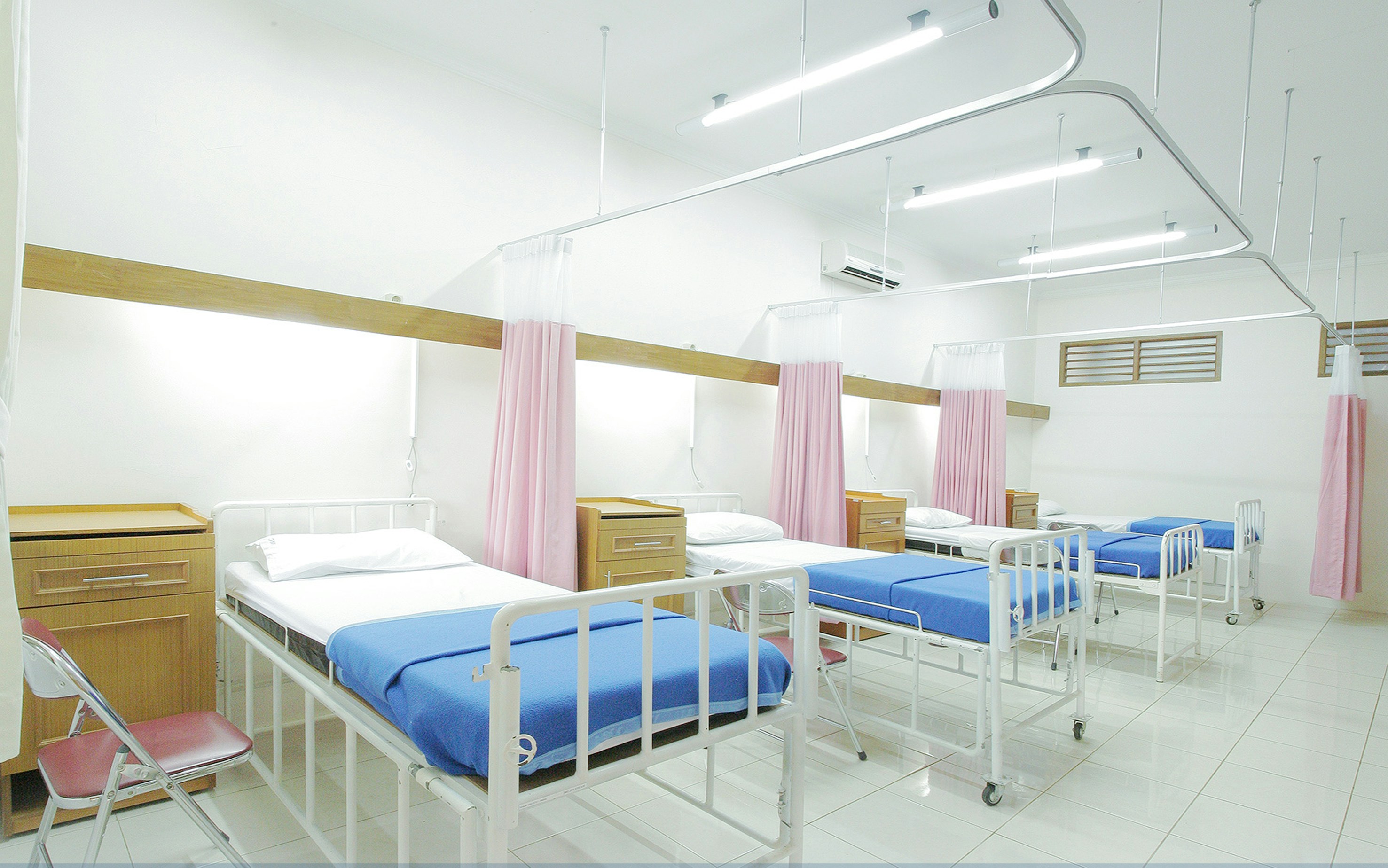Media release
From:
Hospital admission rates in Australia have increased
The number and rate of patients admitted to a public or private hospital to receive treatment or care has increased over the past decade, according to new updates released today by the Australian Institute of Health and Welfare.
Admitted patient care 2023–24 explores hospitalisations and information on hospital activity such as types of care, length of stay, patient demographics, most common diagnoses and interventions.
These hospitalisations can be same-day or overnight admissions and the care provided includes surgical, medical, intensive, newborn, rehabilitation, palliative and mental health care.
Hospitalisations
Despite some volatility in recent years, overall, the number of admitted patient hospitalisations has increased from 10.2 million to 12.6 million over the past decade from 2014–15 to 2023–24.
Over the same period, the rate of hospitalisations has also increased from 405 to 421 per 1,000 population.
‘Of the 12.6 million hospitalisations in 2023–24, 59% were in public hospitals and 41% were in private hospitals,’ said AIHW spokesperson Clara Jellie.
‘While most planned admissions were to private hospitals, the majority of emergency hospitalisations were treated in a public hospital.’
For those hospitalisations where information on the urgency of admission was available, around 69% of hospitalisations were elective (planned) admissions such as planned surgeries. Most of these were to private hospitals (58%). The remaining 31% that involved an emergency admission were mostly treated in public hospitals (92%).
Length of stay
‘The average length of stay for all hospitalisations was 2.7 days overall and 5.6 days for overnight hospitalisations, in 2023–24,’ said Ms Jellie.
Around 2 in 3 (63%) were same-day hospitalisations and 37% involved an overnight stay. Private hospitals had a higher proportion of same-day hospitalisations (74%) than public hospitals (56%).
The length of stay for overnight hospitalisations was longer in public hospitals in 2023–24 (5.8 days for public hospitals, compared with 5.1 days for private hospitals).
The number of patient days (total number of days where care was provided) has increased from 28.8 million to 33.9 million over the 10 years to 2023–24.
Types of care
More than 9 in 10 (91%) of admitted patient hospitalisations were classified as episodes of Acute care.
Acute care refers to care in which the primary intent is to cure illness or provide definitive treatment (including surgery), relieve symptoms, perform a diagnostic or therapeutic procedure or manage childbirth.
The remaining 9% are for palliative, rehabilitation, mental health, or other types of non-acute care.
‘Between 2022–23 and 2023–24, the number of acute care hospitalisations increased by 4.9% for public hospitals and by 2.6% for private hospitals,’ said Ms Jellie.
Almost one-quarter (23%) of all same-day acute hospitalisations involved dialysis (around 1.7 million hospitalisations).
Non-admitted patient care and other AIHW hospitals reports released today
Also released today, Non-admitted patient care 2023–24 provides the latest data on the services that hospital outpatients receive in non-admitted patient clinics in public hospitals. These services are often associated with an emergency or admitted patient episode where follow-up care is required but without a hospital admission.
The number of non-admitted patient care service events increased from 34.9 to 40.9 million service events between 2014–15 and 2023–24.
An additional 2 reports were also released today:
- Potentially preventable hospitalisations in Australia by small geographic areas: 2017–18 to 2022–23
Use of emergency departments for lower urgency care 2017–18 to 2022–23



 Australia
Australia


